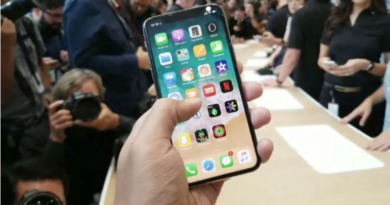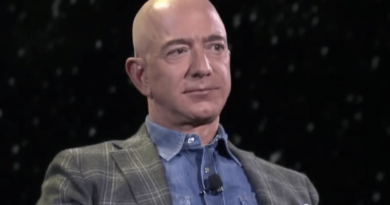Win over Gen Z with wellness, social media, and low prices
As Gen Zers enter adulthood and increase their spending power, brands new and old are fighting for a larger share of their dollars. Here are three battles being waged for Gen Z consumers and how wellness, social media, and low prices are giving newcomer brands an edge.
1. The battle: Olipop and Poppi vs The Coca-Cola Co. and PepsiCo.
Newcomer advantage: Olipop and Poppi ranked first and second on Numerator’s top Gen Z brands of 2023 list, which uses household penetration growth and dollar sales growth to determine which brands are gaining popularity among the cohort.
The functional soda brands appeal to younger consumers seeking healthier, non-alcoholic beverage alternatives.
- Over a quarter (27%) of consumers 21 to 24 years old never drink alcohol, per a July 2023 survey from CivicScience.
- Gen Zers and millennials purchase more wellness products and services than older generations, according to an August 2023 survey from McKinsey.
Plus, they boast bright packaging and fun flavors, which make them perfect for social media.
“I think we connect with Gen Z because we’re so social forward and spend a lot of time and energy connecting with our online community,” Poppi founder Allison Ellsworth told Forbes. “I decided to center TikTok in our marketing efforts years ago, so we were way ahead of the curve and have over four hundred thousand followers on that platform now.”
Incumbent advantage: Consumer packaged goods (CPG) giants Coca-Cola and Pepsi are multi-billion dollar enterprises that each had a hundred-plus years to perfect their brand. And despite the fact that many consumers are pulling back on their spending amid higher grocery prices, both companies grew their net revenues in Q1 2024.
What it means: Olipop and Poppi’s growing popularity demonstrates Gen Z’s interest in functional foods and beverages. If incumbents want to protect their share of consumer dollars, they must adapt to changing consumer trends and offer more better-for-you options in addition to their tried-and-true products.
2. The battle: Shein, Temu, and TikTok Shop vs. Amazon
Newcomer advantage: Low prices have put Shein, Temu, and TikTok Shop on Gen Z’s radar as they search for ways to shop without breaking the bank.
- Gen Z adults between 18 to 24 are 3.2 times as likely to make a purchase on TikTok Shop than the general adult population, per an April 2024 Earnest Analytics’ report.
- Shein initially gained popularity among Gen Z consumers as a fast-fashion company, but now it sells everything from home and kitchen goods to beauty and health supplies.
- Temu’s low prices helped it gain 51.4 million daily active users from its launch in September 2022 to January 2024, while Amazon lost 2.6 million in the same time period, according to the Wall Street Journal, as reported by Forbes.
Incumbent advantage: Amazon is the No. 1 ecommerce retailer by sales in the US, raking in $491.65 billion this year, according to our forecast. It’s also got the fastest click-to-door speed at 1.5 days from purchase to delivery as of June 2023, according to NielsenIQ.
What it means: Amazon’s retail business was built on fast delivery and cheap prices, but the newer retailers have found a way to undercut Amazon—and to win over Gen Z along the way.
- Nearly half (47%) of Gen Zers claim to be actively trying to shop less on Amazon, per recent data from Mintel.
- Some 60% say the company is too powerful, while 39% are tired of hearing about the retailer.
We forecast Amazon’s share of total retail ecommerce sales will grow to 40.4% this year, giving it a major advantage over other retailers. However, it may need to rethink how it’s marketing itself to Gen Z consumers.
3. The battle: e.l.f. Cosmetics vs. prestige and luxury beauty brands
Newcomer advantage: e.l.f. is winning over Gen Z consumers with low prices and a TikTok-focused social strategy.
- Driven by consumer interest in ‘dupes’—low-priced alternatives to expensive products—the brand increased net sales by 80% in the nine months ending December 31, 2023
- It also became the first brand to be featured in a TikTok Shop Super Brand Day, a four day activation that highlighted e.l.f. products across the platform.
Incumbent advantage: US sales of prestige beauty items increased 9% in Q1 2024, outpacing the 2% increase of mass-market beauty products, according to Circana.
- Beauty products offer an accessible way for Gen Z consumers to explore luxury brands without making a major purchase.
- We forecast personal luxury sales of cosmetics and beauty products will increase by 12.7% this year to reach $5.99 billion.
What it means: Gen Zers are perfectly happy using dupes instead of more expensive products if the end result is the same. Luxury brands who want to win over Gen Z need to find a way to appeal to their interests, whether that’s a growing interest in skincare and wellness products or a strong social media presence.


